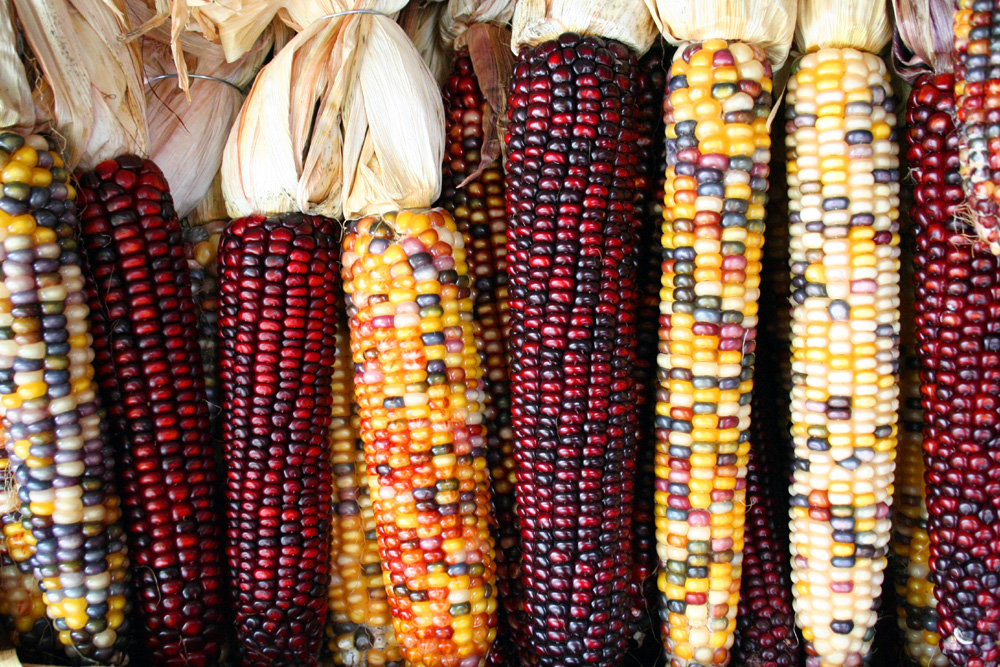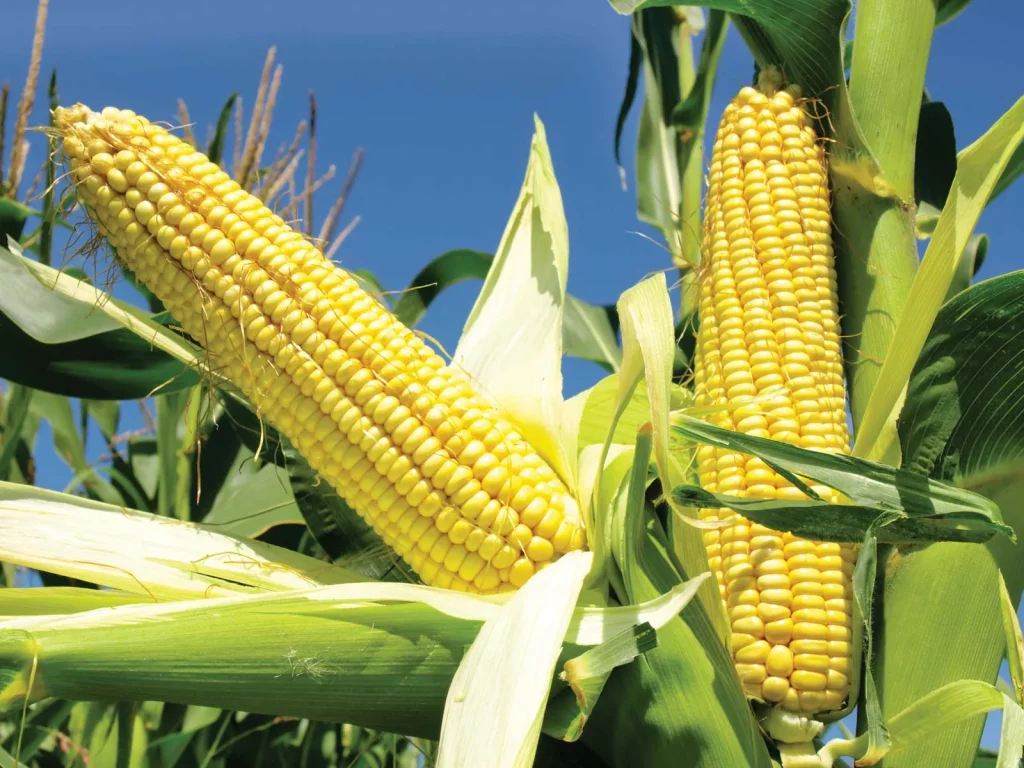MAIZE HYBRID SELECTION
Prolificacy – Multi-eared and Single-eared hybrids:
Multi-eared Hybrids
Hybrids that are well-adapted to low plant populations generally have a robust plant type, sturdy stalks and big, hanging leaves. Commonly these hybrids correspondingly have a larger root mass. When these attributes are coupled with strong prolificacy, one would expect that this type of hybrid would be better adapted to varying climatic conditions such as those experienced in the western part of the maize production area. These hybrids generally perform better under drought stress situations since lower plant populations enable some buffering of water use during dry spells They can, however, compensate under good production conditions by producing a second ear.
Single-eared Hybrids
Single-eared hybrids with a fixed or semi-flex ear usually have more upright leaves allowing better light penetration, reduced root mass and thinner more woody stalks. Hybrids exhibiting these characteristics can generally be employed at high plant populations and can deliver excellent yields under high potential conditions. These hybrids are generally better adapted to environments where water application or rainfall is more reliable.
Standability
Good standability facilitates effective combine harvesting. The primary causes of reduced standability are root and stem rot. If root and stem rot is noticed, it is advisable to combine infected fields early to limit losses by lodging of the plants, if drying facilities are available.
germination
Rapid germination and a strong seedling lays the foundation for a successful crop. Early vigour is particularly important on sandy soils where wind damage to seedlings may occur. There are marked differences between hybrids with respect to early vigour.

01.
Dent Corn

02.
Flint Corn

03.
Popcorn

04.
Sweet Corn
Subscribe To Get Special Offer
Molestie amet tempor, diam id magna ridiculus tincidunt cursus curabitur non ipsum mattis in vel venenatis nam enim facilisis mi, egestas metus, nunc at.
